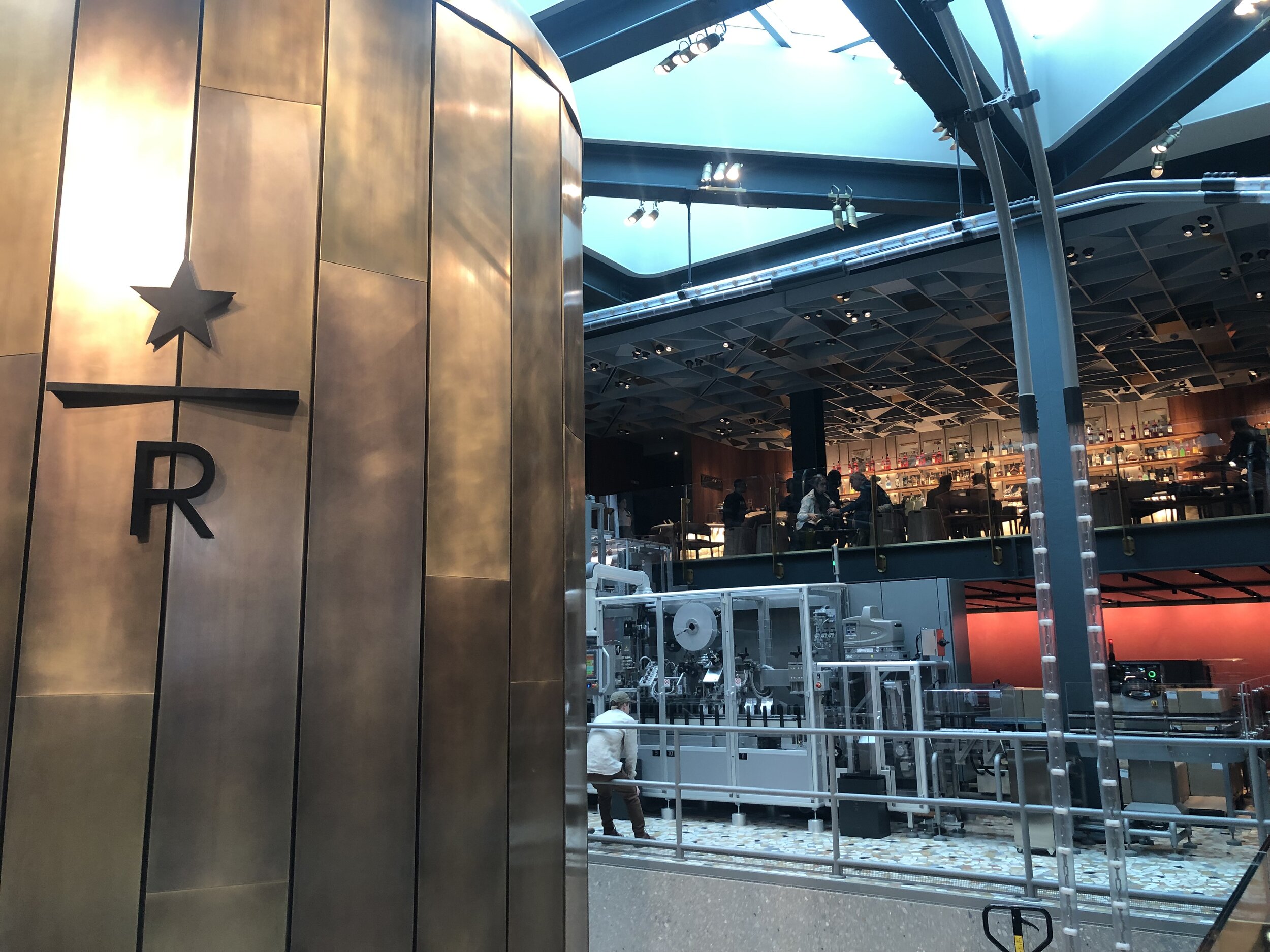Milan in a day?
Impossible, but at least a few must-seeswhere to stay?
In Europe, there is nothing like traveling by train. Therefore, when it comes to visiting cities within a short period of time, it is best to look for an alternative near the train station. This allows you to walk to your accommodation, drop off your luggage quickly and from there go out to enjoy the city.
In Milan, even though the Milano Centrale station is a bit far from the main attractions, it also has excellent connectivity, so the rule of the closer the better applies.
what to do?
The city offers multiple highlights, so a one-day visit is more than an irreverence. However, in travel -as in life- the ideal is the enemy of the possible (Voltaire), so if you have little time, maximize it and enjoy.
You can take the subway or a streetcar towards the Duomo, the great icon and central point of the city. A gothic cathedral with an enormous amount of pinnacles, spires and architectural ornaments. Its construction began in 1386 and lasted for centuries.
The tour of the Duomo square includes the Royal Palace of Milan and other majestic buildings, including the Galleria Vittorio Emanuele II, a covered passageway between the Duomo and the Teatro alla Scala. Named after the first king of unified Italy, it is an exclusive shopping mall with glass and cast iron arcades of extraordinary beauty. Haute couture brands with their stunning designer windows, bookstores and art galleries display their sophistication along its corridors.
Stop for a coffee at the historic Ristorante Biffi in the gallery. Another more modern, but equally elegant option is offered by the Starbucks Reserve Roastery, a trendy coffee shop located in the former post office building in Piazza Cordusio. Starbucks Roasteries are cult, premium and theatrical spaces, where the coffee creation process is exhibited as a show in itself, from the selection of the beans until it is served to the delight of the customer. In addition to the one in Milan, there are five other Reserve locations in the great capitals of the world (New York, Chicago, Tokyo, Shanghai and its native Seattle), where the coffee experience is taken to its maximum expression.
A quick visit to the 15th century Chiesa de Santa Maria presso San Satiro enables us to perceive in its splendor one of the magnificent inventions of the Renaissance, the perspective. The lack of space made it difficult to build the choir, so the Italian artist and architect Donato Bramante solved the problem by creating a false choir, in which the reliefs, coffers and delicately colored moldings manage to distort the absence of depth. It is an architectural masterpiece that reveals the glory of the dukedom. A trap for the visitor's gaze, an optical game.
Next, the Quadrilatero della Moda or Quad d'Oro proposes a walk through a space of pure design, luxury brands such as Dior, Dolce e Gabbana, Prada, Fendi, Louise Vuitton, Channel, Cartier, among others, converge creating an atmosphere of elegance, surrounded by seductive shop windows.
The center of the district is Via Monte Napoleone, a street as famous as Rue Saint-Honoré in Paris or 5th Ave in New York. Although its name brings to mind the French occupation during Bonaparte's rule, there is nothing more Italian in terms of design than it. Nearby is another option for fashion lovers, Corso Vittorio Emanuele II.
On the way to Santa Maria delle Grazie, there is another surprising church, the Chiesa di San Maurizio al Monastero Maggiore. The former Benedictine convent has two distinct spaces, connected by a side; the first open to the public and the later reserved for the cloistered nuns who listened to the mass from there. Its impressive frescoes made it known as the Sistine Chapel of Milan.
Once in Santa Maria delle Grazie, with tickets booked in advance (a titanic task because they are limited and demand is high) the famous mural The Last Supper ensures the enchantment of the city. Commissioned by Ludovico Sforza, Duke of Milan, Leonardo da Vinci decorated the refectory of the convent with the biblical scene. The novel painting technique used by the artist allowed him to focus on detail and perfection. However, unlike fresco, which demands a rapid execution but assured permanence, the tactic of using oil on dry plaster caused serious conservation problems for the work, which suffers constant deterioration due to humidity, but assured the master the refinement of his workmanship.
The former monks' dining room was able to preserve the work of art for centuries and the Milanese are proud to show the photos of their efforts to protect it during the World War II bombardments. All the effort and even the hard struggle to get a ticket is justified in the sight of such beauty.
To sum up, there is nothing better than treating yourself to a performance at the Teatro alla Scala, one of the most outstanding opera houses in the world. Even if you are inexperienced, you will enjoy every moment, especially if you are lucky and privileged to have the famous Zubin Mehta conducting the concert. A great closing, better with a previous spritz at the Bar della Scala. How not to enjoy those provocative Italian appetizers!














